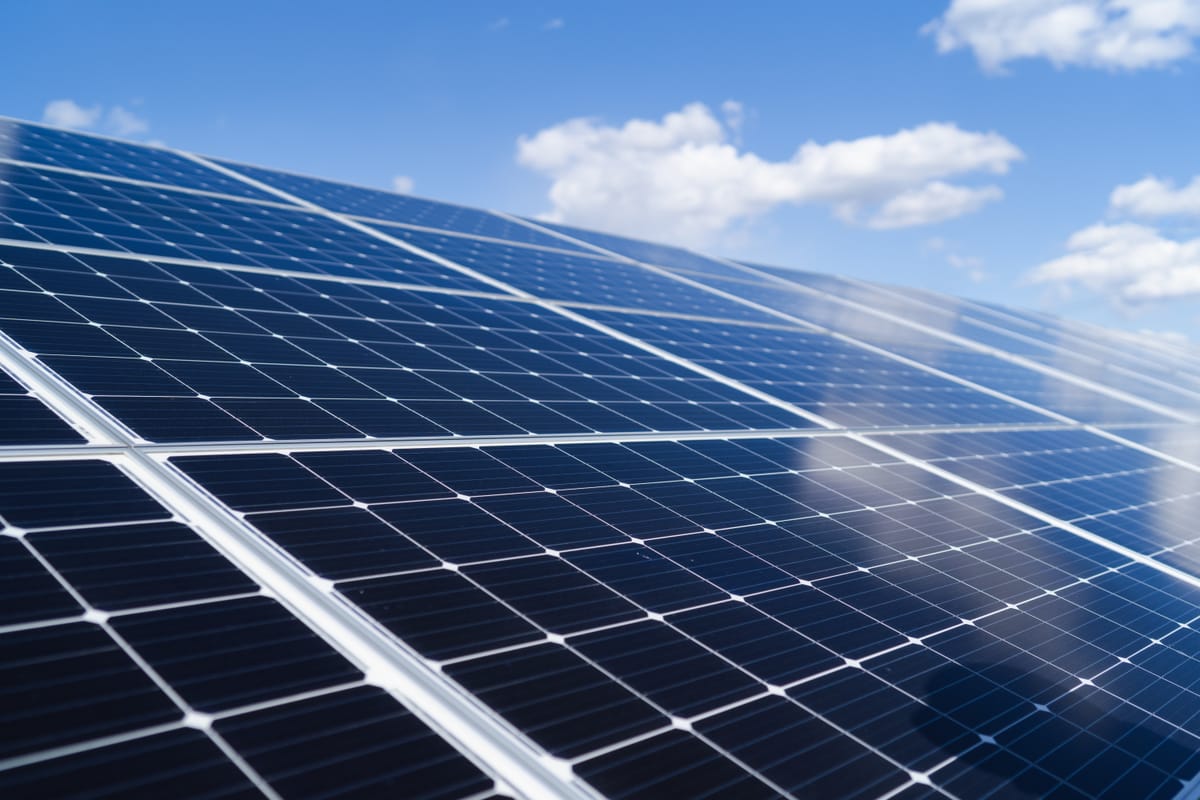This week, we're looking at how one company is cutting the costs of solar panel production and how another is leveraging gravity to produce electricity in skyscrapers.
Reducing the costs of solar panels: South Korea’s Hanwa Qcells is building a multibillion-dollar solar supply chain in Georgia and embracing technology from Israeli company Lumet to limit the amount of silver needed in the panels and cut production costs. Hanwa believes the savings could help it compete with low-cost panels from China, which currently can be half the price of panels produced elsewhere.
No more additional fossil fuels needed: A new study from the University College London and the International Institute for Sustainable Development explored various scenarios and found that existing fossil fuel capacity is enough to meet the world’s energy demands in the future. Separately, the IEA has stated that energy companies must stop adding new oil and gas exploration projects if the world is to meet its net zero targets by 2050.
Skyscrapers as batteries: The designer behind Dubai’s Burj Khalifa has developed four different prototypes based on hydroelectric plants that could use gravity to generate electricity. The system would use electric motors to lift massive blocks and then create energy that can be converted into electricity when the blocks are lowered. The project partner Energy Vault can currently provide energy for about 5-10 cent per kilowatt-hour, cheaper than 13.5 cents for lithium-ion batteries. As the buildings get taller, the teams project they can get costs down to less than 5 cents.
Data centers demand power: The Electic Power Research Institute's analysis found that data centers will consume 4.6 - 9.1% of U.S. electricity in 2030, up from 4% last year. A single chat inquiry from ChatGPT consumes 2.9 watt-hours of electricity.
Developed countries fulfill commitments on climate finance: The OECD said developed nations had met their commitment to provide $100 billion in climate finance to developing countries in 2022 – two years behind schedule. This is a small portion of the $9 trillion in annual investment the Climate Policy Initiative estimates is needed to limit global temperature rises in line with the Paris Agreement.
Vermont makes polluters pay: Vermont passed a law ordering the state’s treasurer to asses the total costs of greenhouse gas emissions over the past two decades and bill this to fossil fuel companies according to their share of emissions. Funds generated will go toward climate adaptation and resilience projects in the state. While Vermont is the first state to pass such legislation, Maryland, Massachusetts, New York, and California have all pursued similar bills.
New Zealand rethinks afforestation: Since 2019, New Zealand has added 432,000 acres of forests in an effort to offset emissions and reach net zero by 2050. However, a prominent government watchdog and several environmental and industry groups are questioning the strategy as the forests subsume the nation’s farmland, increase waste from forestry, and offer waning carbon capture benefits over time.
An additional month of hotter temperatures: A new report found that the average person experienced 26 more days of abnormally high temperatures over the past year than if not for climate change. The number of days varies based on location, with 80% of people worldwide experiencing at least 31 days of elevated temperature and populations in Colombia, Indonesia, and Rwanda seeing around 120 days of greater heat.


